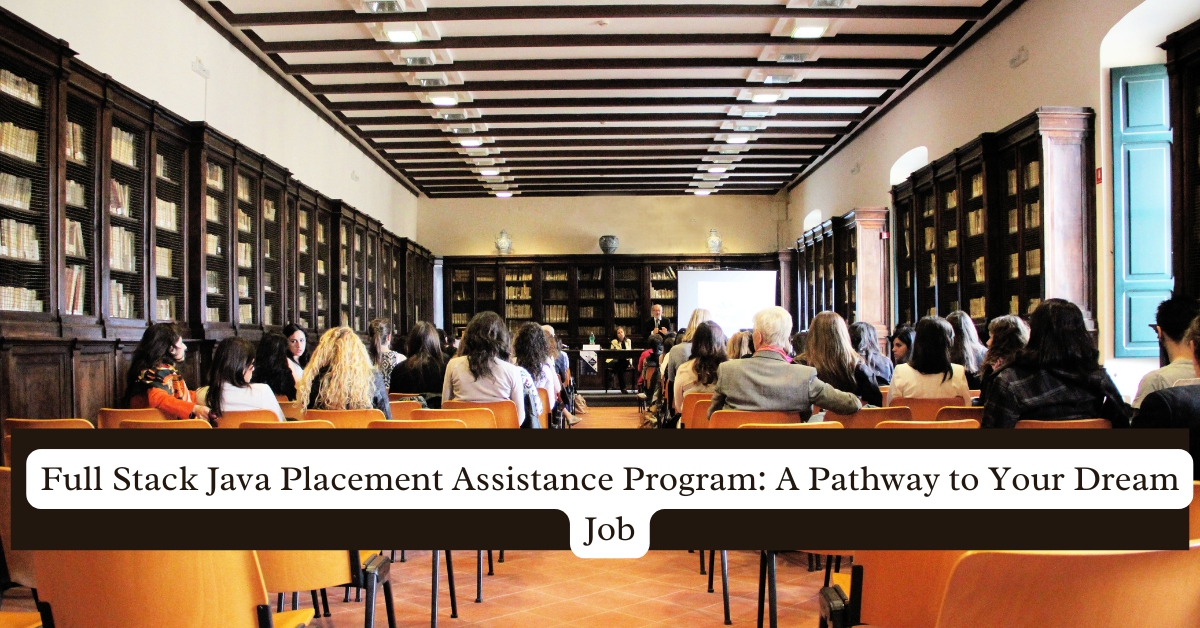SAP Human Capital Management (HCM) is an integral part of the SAP ERP suite, focusing on managing and optimizing the workforce within an organization. In today’s fast-paced business environment, human resources (HR) is no longer just about payroll and attendance; it’s about maximizing the potential of the workforce through strategic management, and SAP HCM plays a pivotal role in achieving this.
SAP HCM covers a wide array of HR processes, from recruitment and onboarding to employee performance and payroll management. By leveraging the power of SAP HCM, organizations can streamline HR processes, improve employee engagement, and ensure compliance with local labor laws and regulations.
Key Components of SAP HCM
1. Personnel Administration (PA) Personnel Administration is the backbone of SAP HCM, managing employee data, such as personal information, work schedules, and compensation details. This component ensures that all HR-related data is accurately recorded and easily accessible.
2. Organizational Management (OM) OM is about structuring and managing the organization’s hierarchy. It allows HR professionals to design and manage the organizational structure, including roles, reporting lines, and departments, ensuring clarity and efficiency in operations.
3. Time Management (TM) Time Management in SAP HCM handles all aspects related to employee attendance, leave management, and shift planning. This module helps organizations keep track of work hours, ensure compliance with labor laws, and manage overtime efficiently.
4. Payroll The Payroll module automates the calculation of employee salaries, taxes, and other deductions. It integrates with other SAP modules to ensure accurate and timely payroll processing, which is critical for maintaining employee satisfaction.
5. Recruitment SAP HCM’s Recruitment module assists HR teams in managing the entire hiring process, from job postings to candidate selection. By automating various recruitment tasks, it helps organizations attract and hire top talent efficiently.
6. Training and Event Management (TEM) TEM focuses on employee development by managing training programs and events. It allows organizations to plan, execute, and track the effectiveness of their training initiatives, ensuring continuous employee growth and skill enhancement.
7. Performance Management This module facilitates the assessment of employee performance through appraisals and feedback. It helps in identifying high performers, addressing underperformance, and aligning individual goals with organizational objectives.
Benefits of Implementing SAP HCM
1. Enhanced Efficiency By automating routine HR tasks, SAP HCM allows HR professionals to focus on strategic initiatives, such as talent development and employee engagement.
2. Better Decision-Making With access to real-time data and analytics, HR managers can make informed decisions regarding workforce management, helping to optimize resources and improve productivity.
3. Compliance and Risk Management SAP HCM ensures that organizations remain compliant with local and international labor laws, reducing the risk of legal issues and penalties.
4. Improved Employee Experience By streamlining HR processes and providing employees with easy access to information, SAP HCM enhances the overall employee experience, leading to higher satisfaction and retention rates.
Real-Life Example: SAP HCM in Action
Consider a global manufacturing company that implemented SAP HCM to manage its workforce across multiple countries. Before SAP HCM, the company struggled with manual HR processes that were time-consuming and prone to errors. After implementation, the company saw a significant improvement in HR operations. Payroll was processed more accurately, employee data was easily accessible, and compliance with local labor laws was maintained effortlessly. This not only improved operational efficiency but also boosted employee morale, as they could now access their information and manage their schedules through a user-friendly portal.
Challenges in SAP HCM Implementation
Despite its benefits, implementing SAP HCM comes with challenges. The most common issues include the high cost of implementation, the need for continuous updates, and the complexity of customizing the system to meet specific organizational needs. However, with careful planning and the right support, these challenges can be managed effectively.
The Future of SAP HCM
As businesses continue to evolve, SAP HCM is also adapting to meet new challenges. The integration of artificial intelligence (AI) and machine learning (ML) into SAP HCM is paving the way for more predictive analytics and personalized employee experiences. Organizations that embrace these innovations will be better positioned to attract, retain, and develop top talent in the future.
Conclusion
SAP HCM is a powerful tool for any organization looking to optimize its human resource processes. While implementation can be challenging, the long-term benefits far outweigh the initial hurdles. By leveraging SAP HCM, businesses can not only streamline their HR operations but also create a more engaged and productive workforce.
FAQs
1. What is SAP HCM, and how does it differ from other HR software?
SAP HCM is a comprehensive HR management tool that covers all aspects of HR operations, from recruitment to payroll, unlike many HR software solutions that may only focus on specific areas.
2. How does SAP HCM improve employee engagement?
SAP HCM enhances employee engagement by providing easy access to personal information, enabling efficient management of schedules, and facilitating ongoing learning and development opportunities.
3. What are the costs associated with implementing SAP HCM?
The costs can vary depending on the size of the organization, the complexity of customization, and the need for continuous updates. It’s crucial to plan and budget accordingly to avoid unexpected expenses.
4. Can SAP HCM be integrated with other SAP modules?
Yes, SAP HCM can be seamlessly integrated with other SAP modules like SAP SuccessFactors, SAP S/4HANA, and more, allowing for a more holistic approach to enterprise management.
5. What are the latest trends in SAP HCM?
The latest trends include the integration of AI and ML, focusing on predictive analytics, and enhancing personalized employee experiences through advanced technologies.




